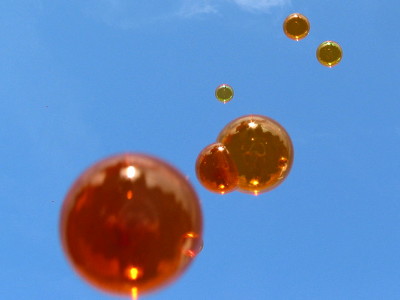How to print a photograph on a glass plate developed 120 years ago using ``cyanotype''

'
Developing 120-Year-Old Photos found in a Time Capsule - YouTube
The movie begins in a dimly lit storage room in Mr. Stern's old family home.
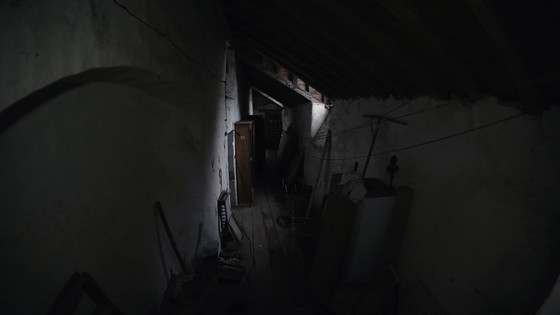
I found an old box in a chest drawer.
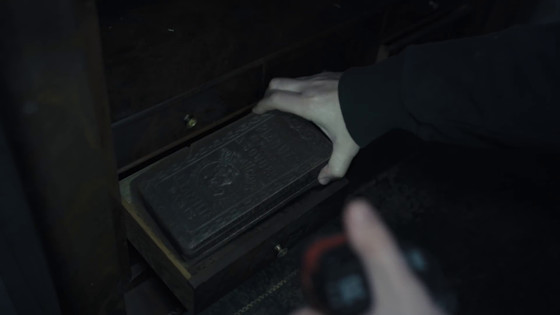
Inside were paper-cut dolls, flowers, coins, and stationery. It is thought to be a pencil case used by a young girl around 1900.
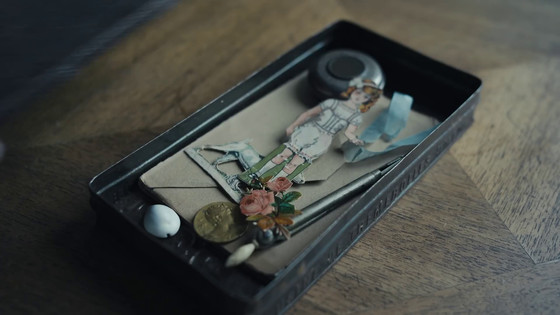
the envelope inside
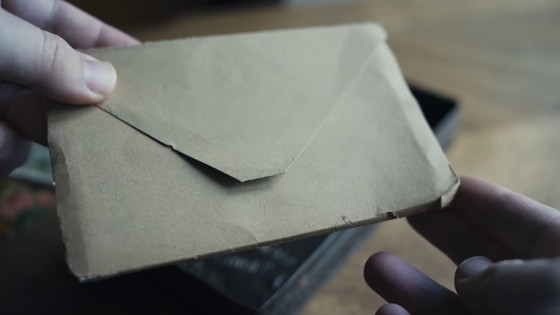
Inside were two developed glass dry plates.
A glass photosensitive plate is a photosensitive material that was used before the invention of
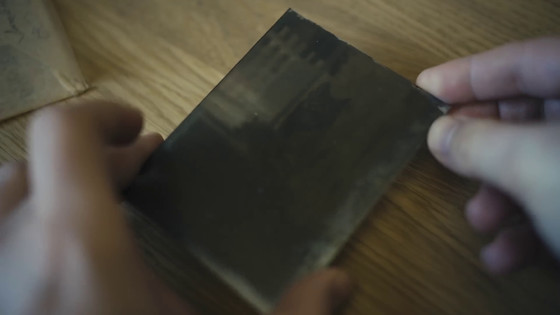
When I looked through the light, the appearance of a cat emerged.
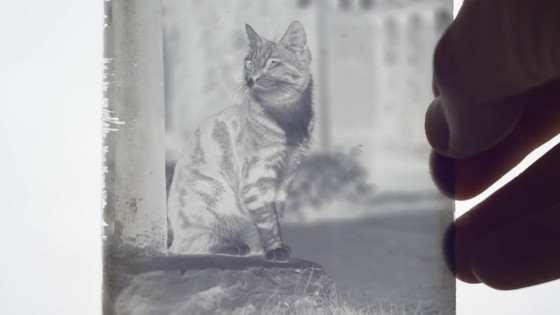
Mr. Stern uses a cyanotype to print photographs from this glass plate. What I prepared was a picture frame the same size as the glass dry plate.
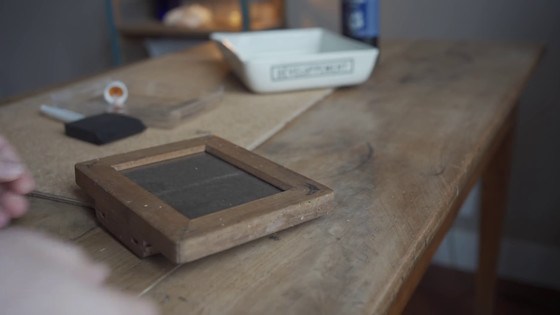
Tray, sponge brush, and dropper.
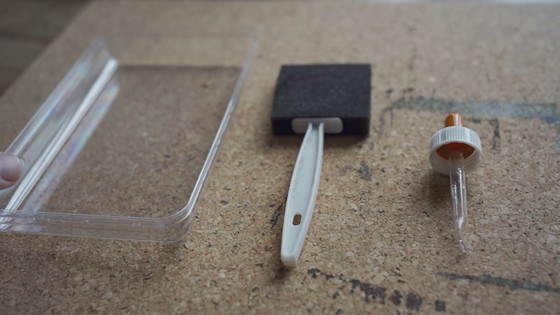
And
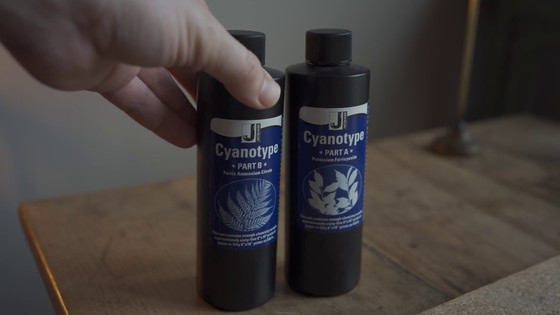
Drop liquid A and B into the tray with a dropper.

Mix parts A and B thoroughly with a sponge brush.
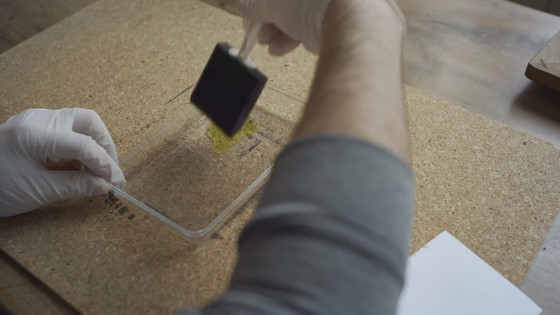
Then, prepare the photographic paper by applying the chemical solution to the paper with a sponge brush.
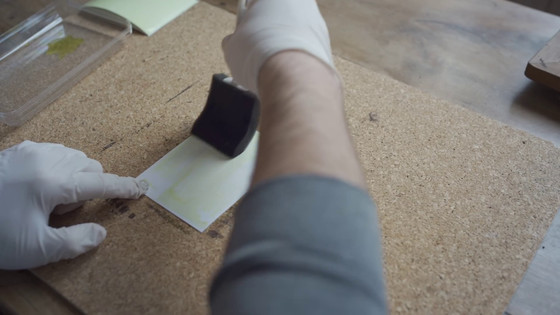
Place a glass dry plate in a picture frame and place photographic paper on top of it.
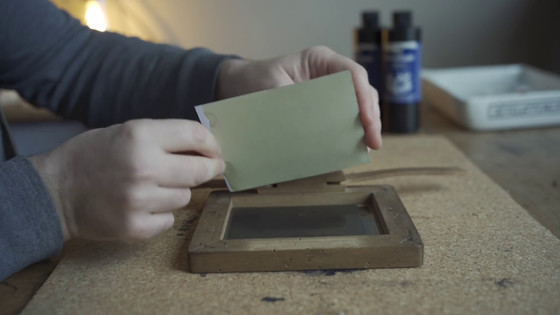
Cyanotype chemical solution causes a chemical reaction with ultraviolet light and turns blue. If the chemical solution applied to the photographic paper is covered by the black part of the glass drying plate, it will not change, and the other parts will turn blue when exposed to ultraviolet rays.
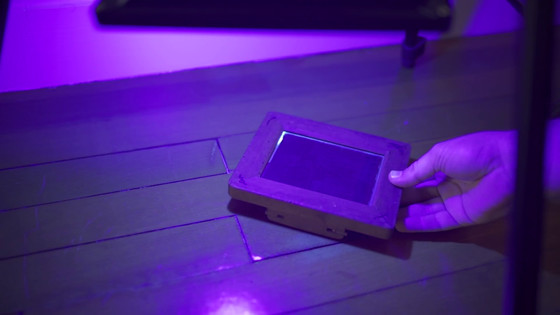
After being irradiated with UV light for about 30 minutes, the photographic paper removed from the frame was completely discolored to blue.
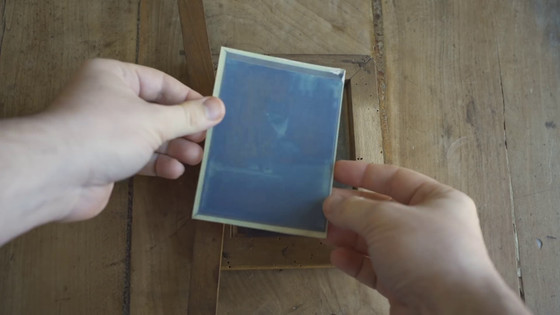
The development process does not end here; excess chemical solution is washed away with water poured into the vat.
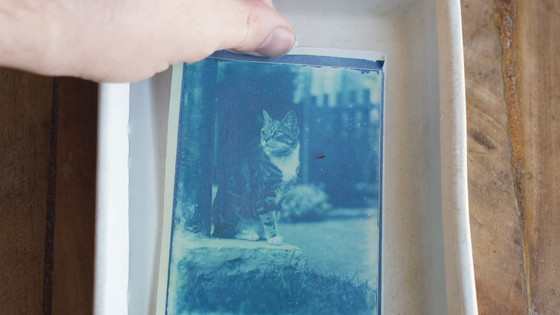
Then, wash the photographic paper with hydrogen peroxide.
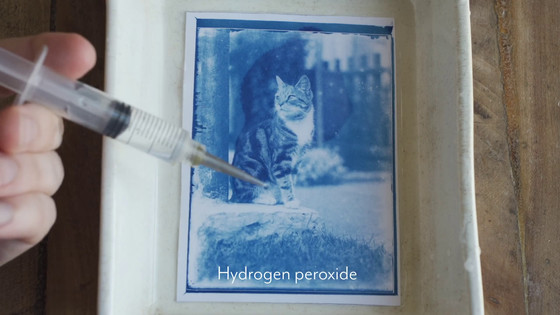
Then, wrap it with clothespins and let it dry. After rinsing it off with hydrogen peroxide, you can see that the shade of blue has become clearer.

This is what it looks like after baking. Since it is a monochrome photo of blue instead of black, it has a more unique atmosphere than a typical black and white photo.

Even the smallest details such as the cat's fur and whiskers are clearly visible. The motif may have been the pet cat of the girl who owned the dry plate.
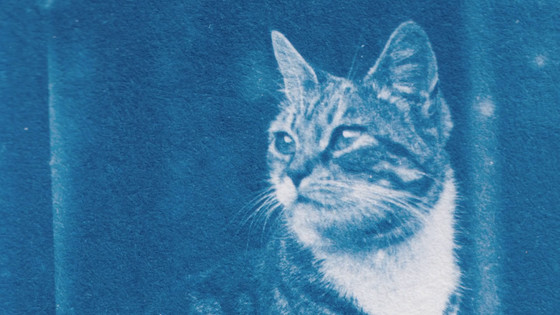
Mr. Stern is also printing another glass plate.
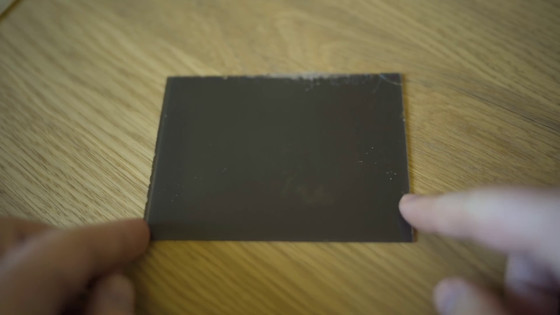
The other photo seems to show some other animals besides the cat.
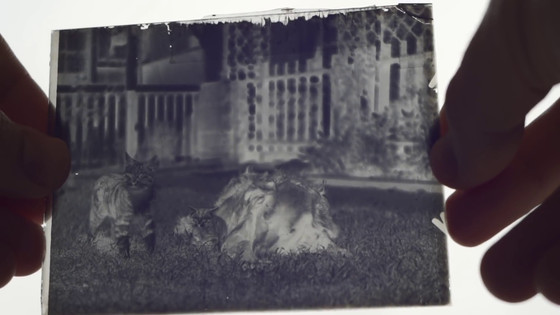
Print on photographic paper using the same procedure as the first sheet.
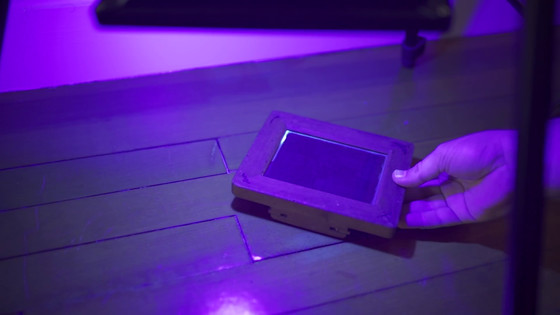
The finished photo looks like this.

In the picture with the cat was a dog sleeping comfortably.
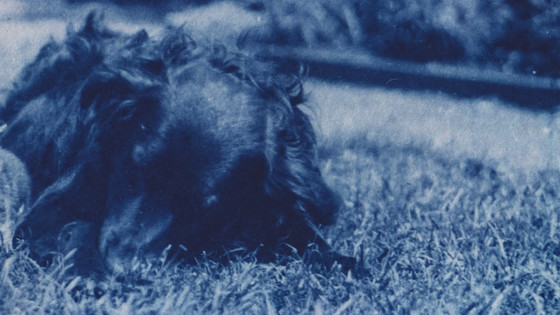
Related Posts:



